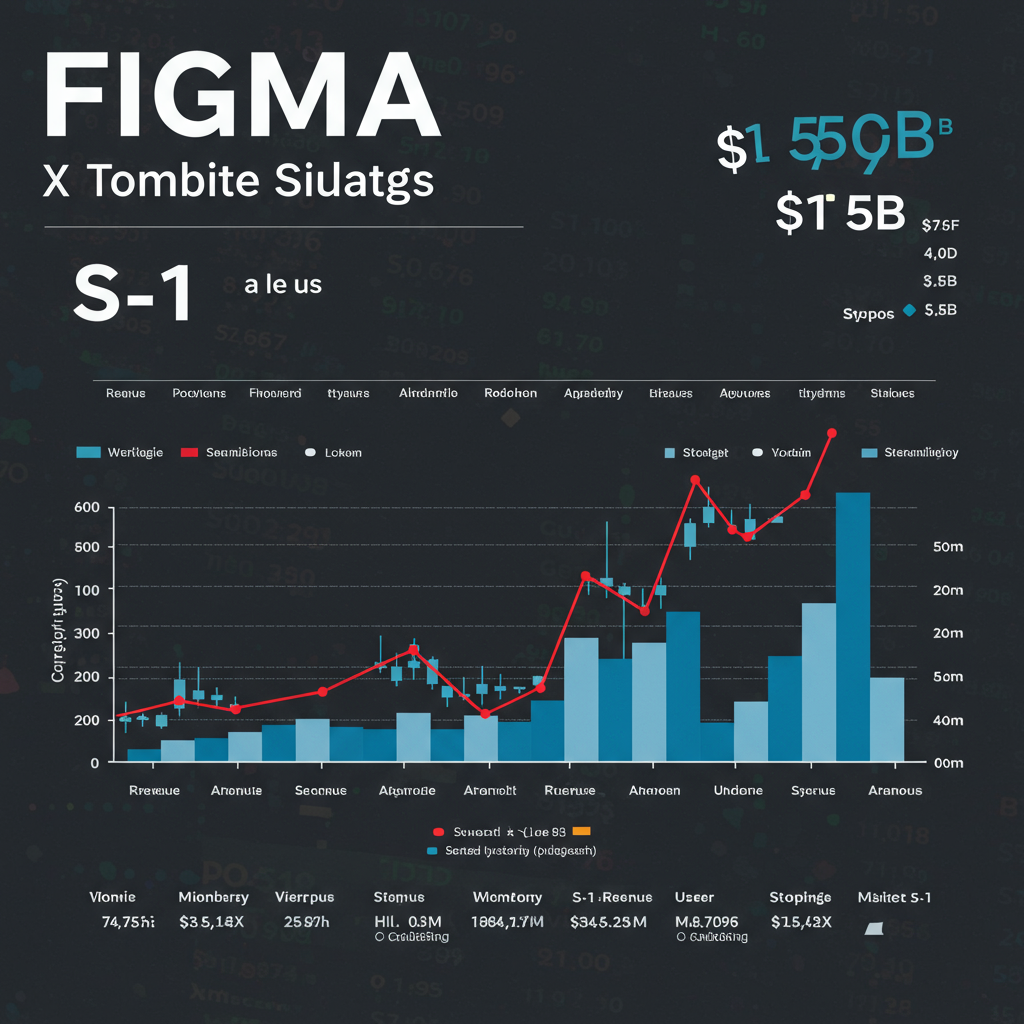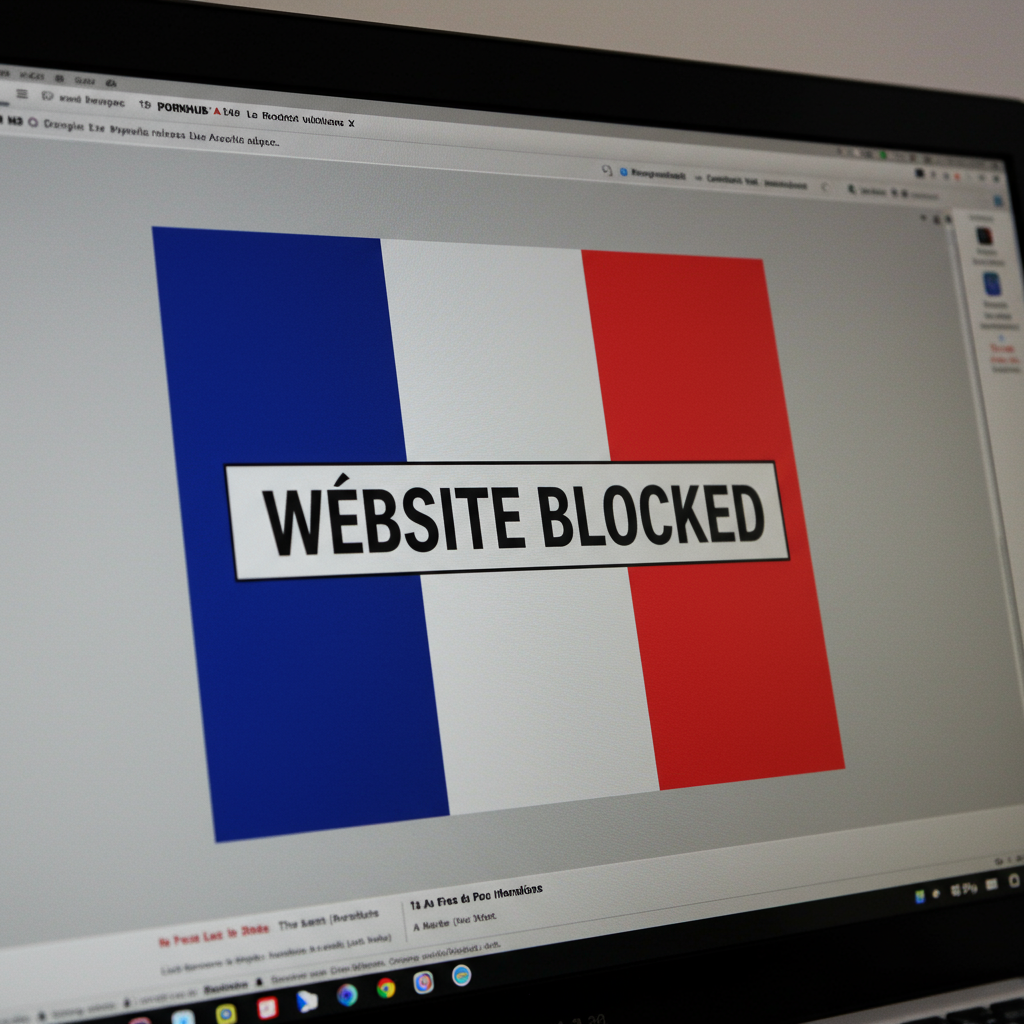Design software giant Figma is making significant strides toward its anticipated Initial Public Offering (IPO). The <a href="https://news.quantosei.com/2025/07/02/figma-reveals-revenue-profit-growth-in-us-ipo-filing/” title=”Proven Growth: Figma Reveals Profit in US IPO Filing”>company recently unveiled key financial details through its initial S-1 regulatory filing, offering the clearest public insight yet into its robust financial health and future market potential. While the filing is still preliminary, missing specifics like the exact number of shares and offering price, the information released paints a compelling picture for potential investors on Wall Street. Experts from Renaissance Capital, who track IPOs closely, estimate this offering could potentially raise up to $1.5 billion. Reaching or surpassing this target would place Figma’s IPO among the largest tech offerings of 2025, possibly matching or exceeding CoreWeave’s significant $1.5 billion raise earlier in the year.
Unpacking Figma’s Impressive Financials
The S-1 document lays bare Figma’s financial performance, showcasing metrics designed to attract investor interest. The company reported a substantial $749 million in revenue during 2024. This figure represents an impressive 48% increase compared to 2023. The growth momentum continued into the first quarter of 2025, with revenue rising 46% year-over-year. Figma highlighted its rolling 12-month revenue, as of Q1 2025, stood at $821 million. Furthermore, the company boasts a remarkably strong gross margin of 91%, indicating efficient operations and high profitability on its core service delivery.
Profitability has seen fluctuations but appears stable heading into the IPO window. Figma was profitable in 2023. However, it subsequently recorded a substantial loss of $732 million later that same year. This significant loss was primarily attributed to specific, one-time expenses. These costs were linked to a major employee stock compensation event where Figma issued 10.5 million stock options to eligible staff, with a strike price of $8.50 per share. By the fourth quarter of 2024, the company had returned to profitability, maintaining this positive trend through the first quarter of 2025.
Regarding its balance sheet, Figma currently reports negligible total debt in the initial S-1. However, this section includes placeholders, acknowledging that the company maintains a revolving debt line and will update total debt figures in the final filing.
Inside Ownership and Governance Structure
Beyond the core financials, the S-1 filing also shed light on internal shareholdings and voting control. While it remains unclear if key executives or major venture capital backers plan to sell shares in the IPO, the document notes executive participation in a large tender offer in 2024. This tender allowed employees to cash out some of their shares. Notably, Figma’s co-founder CEO and chairman, Dylan Field, cashed out $20 million worth of shares as part of that prior sale. Prominent VC firms backing Figma include Index, Greylock, Kleiner Perkins, and Sequoia.
An intriguing disclosure involves co-founder Evan Wallace, who departed the company in 2021. Despite leaving years ago, Wallace is named as a co-founder in the regulatory documents. The S-1 reveals that Wallace has granted Dylan Field full voting rights and control over his shareholdings. Wallace’s family trust reportedly holds approximately one-third of the Class B shares, which carry significant super-voting rights (15 votes per share). Collectively, the S-1 indicates that, prior to the IPO, Dylan Field controls around 75% of Figma’s total voting rights. This highly concentrated control structure is a key detail for potential investors to consider.
Navigating the Competitive Landscape and AI Future
From a market perspective, Figma’s financial health appears quite attractive to both institutional and individual investors. Yet, a notable challenge looms: the rapid rise of AI-powered design tools. Startups offering “vibe coding” or AI-driven design applications are emerging and growing quickly, directly targeting segments of Figma’s market. Examples like Lovable highlight this competitive pressure.
Figma is actively developing its own suite of AI products to counter this threat and integrate advanced capabilities into its platform. However, the company is forthright about the risks involved. The S-1 filing explicitly acknowledges the challenges of standing out in a fiercely competitive, AI-driven industry. The document states that despite significant investments in AI integration, including generative AI, there’s “no guarantee” their offerings will remain competitive as new AI technologies rapidly develop and become incorporated into competitor software. This highlights the dynamic nature of the market Figma operates within.
This intense focus on efficiency, profitability, and navigating disruptive technological shifts like AI occurs against a backdrop of broader caution within the tech industry. Recent data indicates that tech layoffs have continued significantly into 2025, impacting tens of thousands of workers across various companies and sectors. This environment underscores investor and company emphasis on lean operations and proven pathways to profitability, factors that work in Figma’s favor based on its recent performance. The market values sustainable growth built on solid fundamentals, a strategy that stands in contrast to earlier eras of unchecked hyper-growth often seen in the venture capital landscape. Figma’s current financial state suggests a company aligning with this more cautious, efficiency-focused market sentiment.
What Attracts Investors?
Figma’s S-1 filing showcases several elements typically favored by Wall Street:
Strong Revenue Growth: Consistent, high-percentage year-over-year increases.
Exceptional Gross Margins: A 91% margin indicates the core business is highly profitable at scale.
Return to Profitability: Demonstrating the ability to overcome temporary cost impacts and deliver net income.
Minimal Reported Debt: Suggests financial flexibility.
- Dominant Market Position: Figma is a leader in the collaborative design space.
- techcrunch.com
- techcrunch.com
- techcrunch.com
- finance.yahoo.com
- techcrunch.com
These factors combine to present a picture of a financially sound, growing company operating efficiently.
Potential Hurdles and Outlook
Despite the strong financials, potential investors must weigh the risks. The most prominent risk cited by Figma itself is the intensely competitive and fast-evolving AI software landscape. The company must continuously innovate to maintain its edge against new AI-native tools. Market timing for a large IPO is also a factor, though current sentiment appears relatively favorable for profitable tech companies. Finally, the concentrated voting control held by Dylan Field, while common in founder-led companies, is a governance detail that sophisticated investors evaluate.
In conclusion, Figma’s S-1 filing clearly signals the company is on track for a major public offering. Its recent financial performance – strong revenue growth, high margins, and a return to profitability – positions it well for investor interest. However, the company’s future success will heavily depend on its ability to navigate the disruptive force of AI competition and maintain its leadership position in a dynamic market. The path to a $1.5 billion blockbuster IPO appears promising, grounded in solid financials, but not without significant challenges.
Frequently Asked Questions
What key financials did Figma’s S-1 filing reveal?
Figma’s S-1 filing disclosed impressive financial results. It reported $749 million in revenue for 2024, a 48% increase from 2023. First-quarter 2025 saw continued growth with a 46% year-over-year jump. The company noted $821 million in rolling 12-month revenue as of Q1 2025 and maintained a strong 91% gross margin. While a large loss was recorded in 2023 due to stock compensation, Figma returned to profitability by Q4 2024 and remained profitable in Q1 2025.
Who are the key figures and investors mentioned in Figma’s IPO details?
The S-1 filing mentions co-founder CEO Dylan Field, who holds significant voting control (around 75% pre-IPO) and cashed out $20 million in a prior tender offer. Co-founder Evan Wallace is also named despite his 2021 departure, having granted voting rights to Field. Major venture capital backers cited include Index, Greylock, Kleiner Perkins, and Sequoia, though the filing doesn’t detail their IPO share sale plans.
What are the main risks and opportunities for investors considering a Figma IPO?
The primary opportunity lies in investing in a market-leading design software company with strong financials, including high growth, excellent margins, and profitability. The potential to raise $1.5 billion indicates significant market potential. The main risk highlighted is intense and rapidly evolving AI competition. Figma acknowledges the challenge of guaranteeing product competitiveness as AI integration accelerates across the industry. Market valuation and the concentrated voting structure are also factors.




